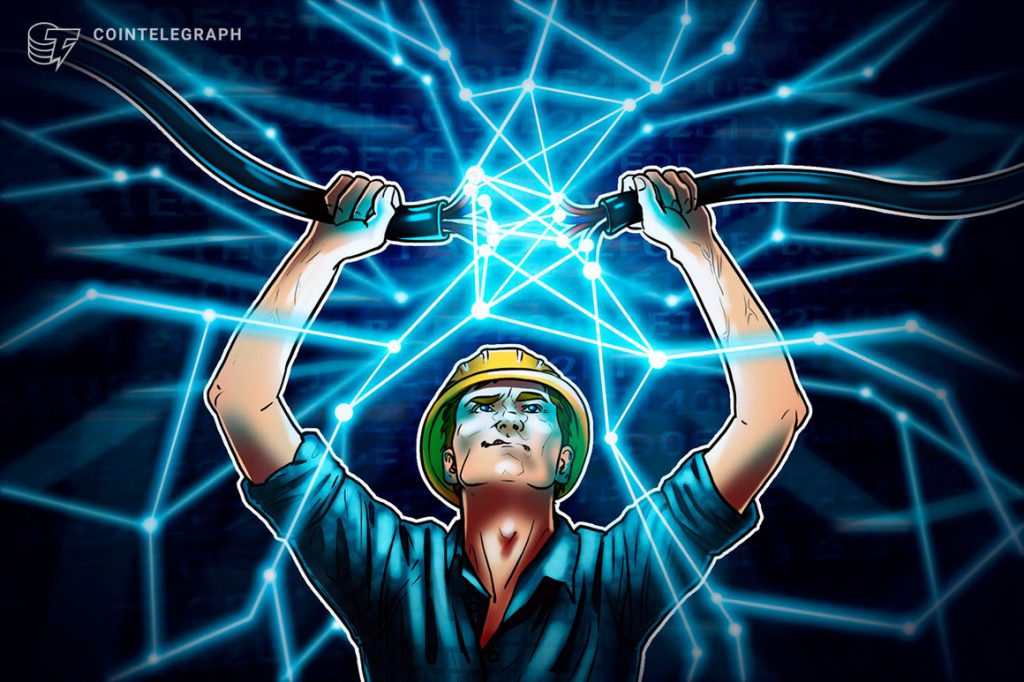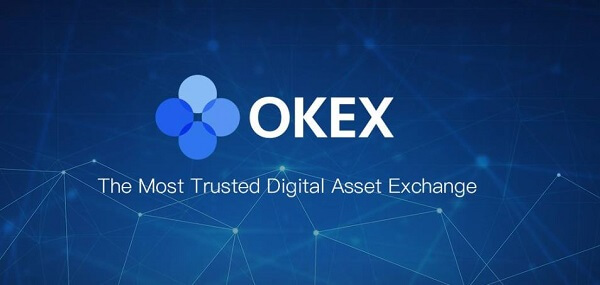Bitcoin miners look to software to help balance the Texas grid

Although Bitcoin (BTC) mining remains a controversial topic, it’s becoming more common to hear how Bitcoin mining can help balance grid demand. This is being demonstrated in the state of Texas, as Bitcoin miners are able to participate in demand response programs, which incentivize miners to turn off their operations during peak demand.
A spokesperson from the Electric Reliability Council of Texas (ERCOT) — the organization that operates Texas’s electrical grid — told Cointelegraph that crypto loads can have impacts on the grid just like any large load. Yet, they noted that crypto miners can help stabilize the grid by shutting down their demand for electricity in real time:
“Crypto mining is extraordinarily responsive and can turn off in a fraction of a second and remain off as long as needed. We are working closely with the crypto mining industry and have established a large flexible load task force to make sure we move forward with the grid reliability and Texas load growth in mind.”
On March 25, ERCOT established an interim process to ensure that new large loads, such as Bitcoin miners, can be connected to the ERCOT grid. While evaluations for large load interconnections is not a new process, ERCOT explained that the timeline that most crypto miners operate under requires a new process to make sure existing standards for interconnecting new large loads are being met. ERCOT’s Technical Advisory Committee approved the creation of a “Large Flexible Load Task Force” on March 30 to aid in the development of a long-term process that will replace the current interim process.
Software providers want to help miners balance the grid
While it’s notable that ERCOT is helping Bitcoin miners connect to the Texas grid faster, software providers have also begun working with miners to ensure they have the tools needed to properly enable grid balancing.
Recent: Election tally: Does blockchain beat the ballot box?
Michael McNamara, co-founder and CEO of Lancium — a Texas-based energy and infrastructure company — told Cointelegraph during the Texas Blockchain Summit that in 2020 Lancium demonstrated how a Bitcoin mine could act as a controllable load:
“For loads to qualify as a controllable load resource in ERCOT, customers have to be able to do two things. First, they have to achieve a target power consumption level — either more or less — as directed by ERCOT in less than 15 seconds. Secondly, they should provide ‘primary frequency response.’ This means miners must be able to react to a loss of generation event — for example, the unexpected trip of a thermal generating station — within 15 seconds.”
Given these requirements, McNamara shared that Lancium has licensed software to certain Bitcoin miners to act as controllable loads within ERCOT to provide grid stability services. Known as Lancium Smart Response, McNamara explained that this software works by automatically responding to power grid conditions and signals in seconds.
“As far as meeting ERCOT’s requirements, software such as Lancium Smart Response is essential to meeting the time required by ERCOT. Controllable load resources provide more surgical and exact grid stabilization benefits than other demand response programs — and customers are compensated at a higher level for providing these more valuable services to the grid,” he explained.
For example, McNamara pointed out that miners using Lancium’s software can become certified by ERCOT to participate in its various grid stabilization programs, which could help operators earn higher revenue while reducing power costs by 50%.
Specifically speaking, ERCOT’s spokesperson told Cointelegraph that ERCOT has a program for any load to participate in providing ancillary services. According to ERCOT, these programs require loads to qualify in order to supply these services. “Some crypto miners have qualified to offer these services similar to other loads who participate in these existing programs. Those programs are commonly referred to as demand response programs’ and operations voluntarily opt to participate ‘curtail,’” stated ERCOT.
While McNamara was unable to comment on which miners will apply Lancium Smart Response, Dan Lawrence, CEO of Foreman Mining, told Cointelegraph that the Bitcoin miner CleanSpark is using his firm’s software to manage its operations.
Taylor Monnig, vice president of mining technology at CleanSpark, told Cointelegraph that Foreman allows miners to curtail operations effectively instead of flipping breakers. “Loads can then be directed where needed, essentially working as a battery,” he said.
Indeed, automation is important for Bitcoin miners participating in load response programs. To put this in perspective, Sam Cohen, head of business development at Foreman, told Cointelegraph that software enables a miner to be on target at scale.
“As an example, if a Curtailment Service Provider asks a miner to reduce their consumption by 10 MW, Foreman can curtail their load in less than a minute with no operator intervention,” he explained.
Monnig added that Foreman has allowed CleanSpark to program its machines to stop hashing when necessary. “For example, an S19 mining machine will go from 3,000 watts down to 90 watts in ‘sleep mode.’ Then when the grid doesn’t need the power, the machines turn back on. This is all automated.”
Unlike Lancium, however, Foreman currently does not work directly with ERCOT. “We would love to work closer with ERCOT and I believe we are set up to do so. However, there is a lot of red tape that comes with working in ERCOT,” he said.
Given this, Foreman is concerned that the growing Texas mining industry may become controlled by a handful of players rather than a number of software providers. “Foreman is promoting decentralization of Bitcoin mining. If things continue down the route they’re heading, it’s possible that all of the large-scale controllable mining loads in Texas could be controlled by a handful of providers, which demonstrates a source of centralization,” he remarked.
Bitcoin mining as a controllable load resource
Centralization aside, Gideon Powell, CEO and chairman of Cholla Petroleum Inc. — a Texas-based exploration company focused on the energy sector — told Cointelegraph that he believes Bitcoin mining is the apex load for demand response programs, such as the ones pioneered and developed by ERCOT.
“When we are running out of power on the grid, we have two options: spin up more generators or just turn down our power use. As individuals this is hard to do. But Bitcoin miners and software companies are enabling ERCOT to view and control these loads to provide demand response that much more closely matches the operation of a traditional generator (in reverse),” he said.
Powell added that Bitcoin mining can help power the Texas grid as wind and solar energy become more common. For instance, he noted that historically grids have been thought about from the thermal generation point of view since thermal generation allows for spinning mass to match generation and load at all times. Yet, he noted that wind and solar resources are intermittent, which makes load balancing difficult since these renewable resources are constantly up and down.
“Many companies have developed the technology to enable Bitcoin miners and other data centers that house latency agnostic computing to respond to instructions from ERCOT or respond to real time pricing in the grid. When power is scarce prices go up and Bitcoin miners and many others can curtail,” he explained.
Recent: House on a hill: Top countries to buy real estate with crypto
Powell further claimed that ERCOT is the most free-market grid in the world, with a regulatory framework needed to encourage bottom-up solutions. “This is why Texas will continue to attract energy entrepreneurs needed for increasingly complex energy markets.”
While notable, it’s important to point out that Bitcoin continues to see an increase in energy consumption year-on-year, which may result in stricter regulations. McNamara remains optimistic though, noting that Bitcoin mining continues to be a friendly resource for the Texas grid, which also demonstrates the potential this technology could have within other regions.









